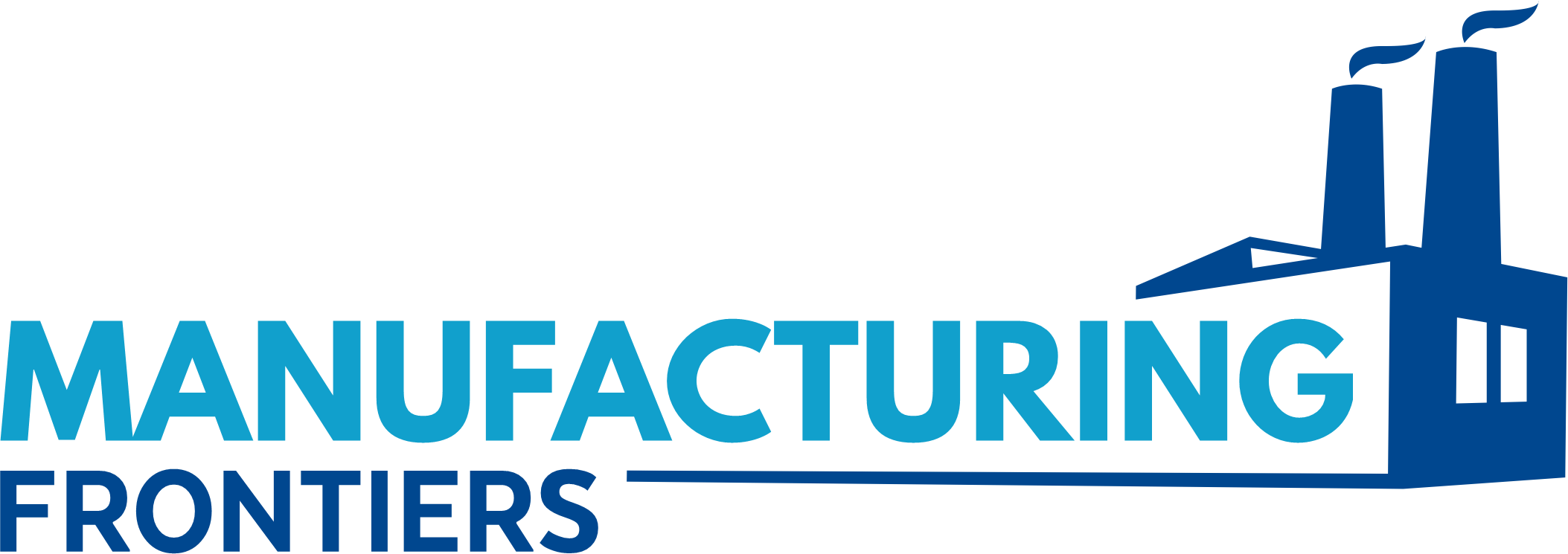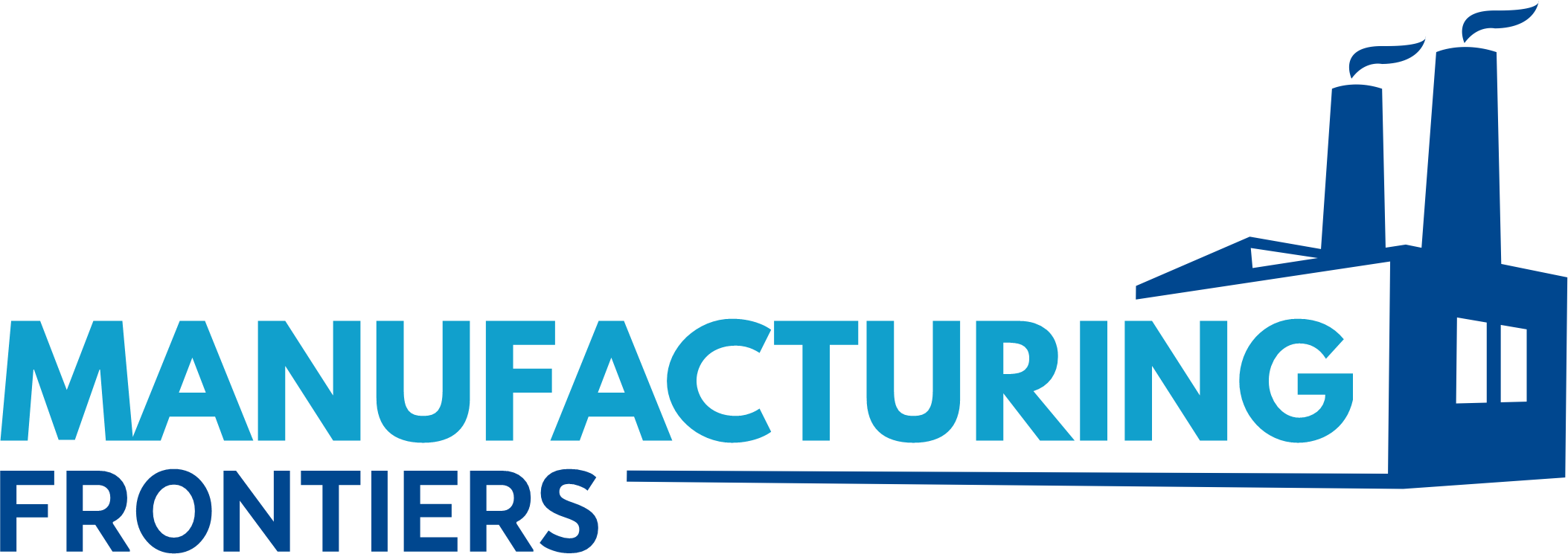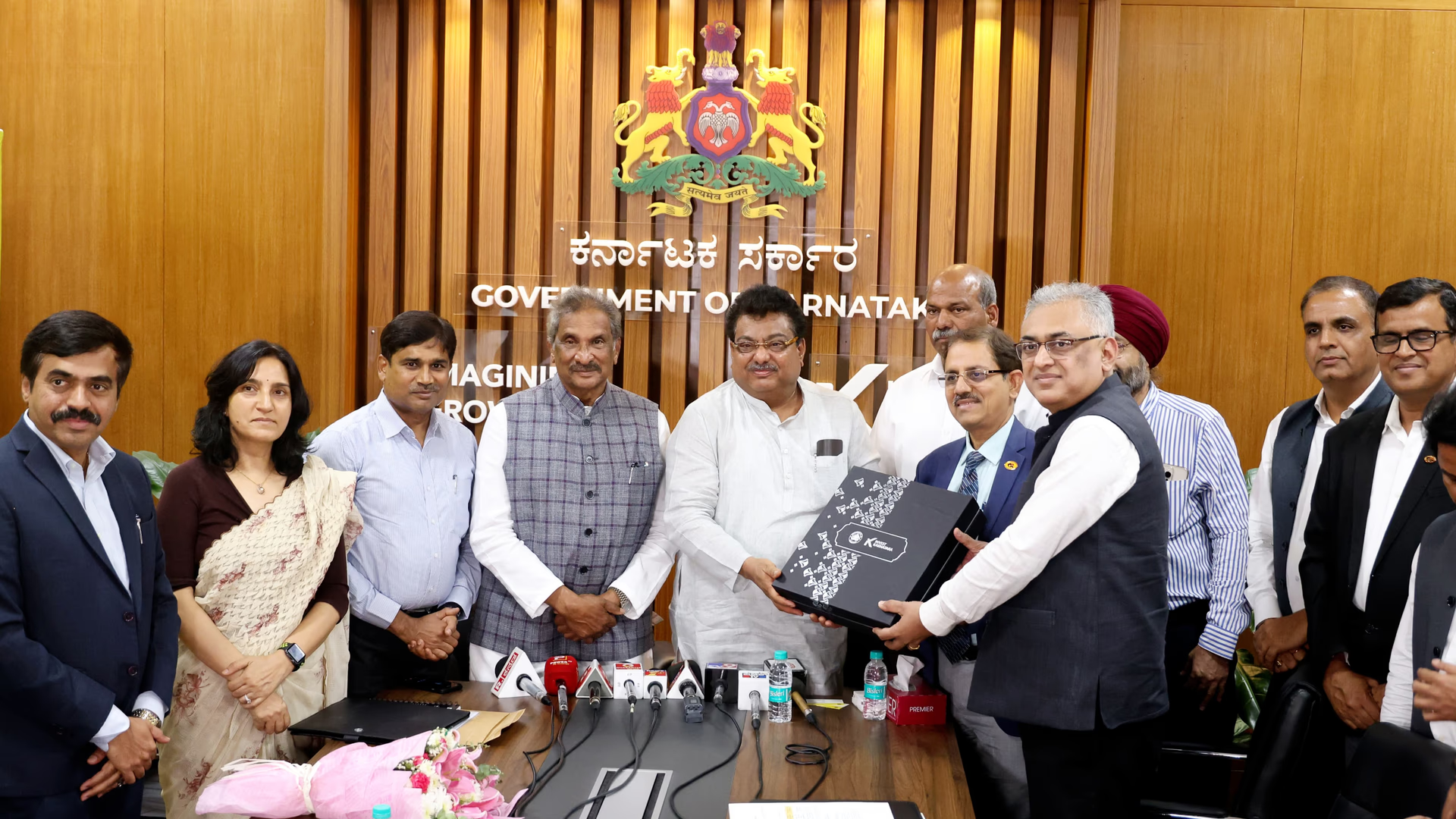need to implement proactive strategies that ensure the consistent quality of raw materials, driving operational efficiency and product excellence.
Utilizing Digital Platforms to Ensure Consistent Quality in Raw Materials
The rise of digital transformation in manufacturing has opened up new opportunities for ensuring the consistency of raw materials. By utilizing digital platforms, manufacturers can track raw material quality in real time, allowing them to detect discrepancies or defects as they arise. Internet of Things (IoT) sensors, integrated into the supply chain and raw material handling systems, can provide real-time data on material quality. This data can be sent to centralized platforms where it is analyzed for patterns or irregularities. Through predictive analytics, manufacturers can foresee potential quality issues, reducing the chances of defective materials being used in production.
Moreover, digital platforms can streamline communication with suppliers and partners, ensuring a transparent and collaborative approach to quality control. For instance, cloud-based platforms allow manufacturers to communicate specifications and quality standards clearly to suppliers and receive feedback and performance data instantly, which helps identify quality issues early and resolve them swiftly.
Exploring Technological Alternatives and Innovations to Enhance Quality Control
As raw material quality is influenced by several variables, manufacturers can leverage technology to develop smarter and more efficient quality control processes. Automation tools, such as robotics and vision inspection systems, can provide precise, real-time analysis of raw materials, detecting even the smallest defects before they impact production.
Machine learning (ML) algorithms can also play a key role in predicting raw material quality based on historical data and various environmental factors. These technologies can continuously learn from new data and improve quality predictions over time, helping manufacturers make informed decisions when sourcing raw materials.
Another area of technological innovation is blockchain, which is increasingly being used to verify the origin and quality of raw materials. With blockchain’s immutable ledger, manufacturers can trace the raw materials’ journey from supplier to production line, ensuring transparency and accountability at every stage of the supply chain.
Leveraging Analytics for Proactive Risk Management in Raw Material Sourcing and Processing
In raw material sourcing, data analytics can be a powerful tool for proactive risk management. By analyzing data on supplier performance, material quality trends, and market conditions, manufacturers can identify potential risks early on and take necessary actions. For example, predictive analytics can signal when raw materials from a specific supplier are at risk of quality degradation or when supply chain disruptions may affect the material’s availability.
Data-driven insights also help in creating contingency plans. With a clearer understanding of the risks involved, manufacturers can diversify their supplier base, stockpile critical materials, or develop alternative sourcing strategies to reduce the impact of poor-quality raw materials on production.
Furthermore, combining data from multiple sources (internal performance metrics, supplier data, and external market conditions) can help manufacturers create comprehensive risk management frameworks. This data-centric approach allows for quicker decision-making and more accurate assessments of the risks associated with raw material quality.
Conclusion: Ensuring Consistent Raw Material Quality
Confronting the quality challenges of raw materials requires a blend of technological innovation, digital platforms, and data analytics. By adopting these strategies, manufacturers can ensure consistent quality in their raw materials, reducing waste, minimizing defects, and enhancing overall production efficiency. As manufacturers continue to navigate increasingly complex global supply chains, the need for smarter, more adaptive quality control systems will only grow. By staying ahead of the curve with cutting-edge technology and data-driven strategies, businesses can secure a competitive advantage and achieve long-term success in the marketplace.








